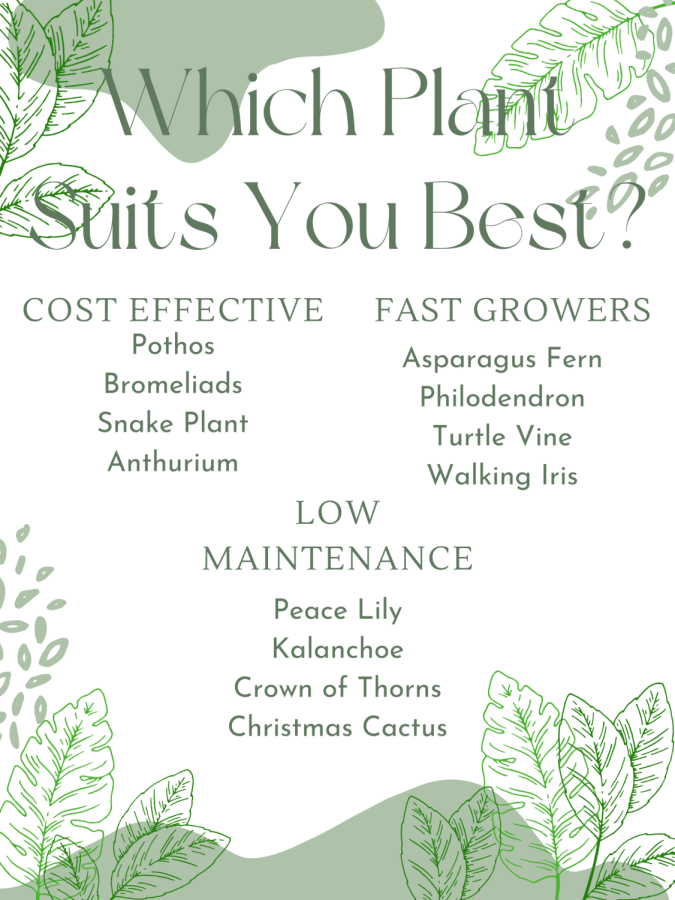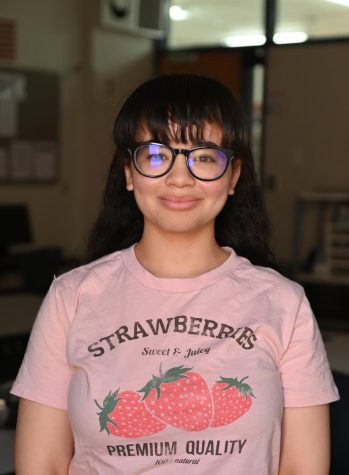April Showers Mean Indoor Flowers
A short guide for growing and caring for indoor plants
May 12, 2022
As the April showers recede and the May flowers bloom, gardening season is in full swing. Unfortunately, not everyone has access to a garden where they can plant their flowers or vegetables. However, there is an interesting and easy solution: container gardening. Container gardening allows the would-be gardener to turn almost any space into their garden plot while also offering a wider variety of plants to choose from. The general flexibility of container gardening makes this style of gardening especially appealing to people who live in apartments or don’t have the proper tools for traditional gardening. But how does one go about container gardening?
Well, it all starts with the container. According to Kerry Micheals in an article for The Spruce, it is crucial to choose a container with proper draining. If the container doesn’t have the proper drainage required, then water will simply remain in the pot causing the soil to become too wet and the roots will rot, leaving the plant to die. If a makeshift container doesn’t have proper drainage, Micheals encourages readers to simply make the drainage themselves, “You can often increase drainage, by drilling, punching or carving bigger holes.” It is recommended that for a large container the drainage should be one inch in diameter, but for smaller containers, it can be ½ inch in diameter.
For soil, obviously the type needed varies depending on what you plan on planting, but there is one golden rule, always provide nutrients! Since most potting soils don’t come with nutrients themselves, store-bought fertilizer can do the trick by being mixed into the potting soil. From there, Micheals instructs the readers to then fertilize the soil every one to two weeks after that with a liquid fertilizer. I recommend organic fertilizer because commercial fertilizer can damage the soil.
If you are considering growing multiple plants in one container, be wary of which ones you put together. Different plants have different needs and putting two opposites together can create problems. It is important to do some healthy research on what plants you plan on caring for. A healthy dose of consideration goes a long way when it comes to gardening, so it is best to make a list.
Pick which plants you want to grow before going to the store, then chart their needs. If you have the time and energy to take care of a high maintenance plant like a Boston fern or poinsettias, then add them to the shopping list, but if you are busy and forgetful, then it is probably best for you to stick to an aloe vera plant. Some plants can look beautiful with little maintenance, like orchids, which only need three ice cubes a week and some sunlight to thrive.
Everything else just depends on the type of plant you want to grow, whether it’s for a beautiful bouquet, dinner, or just to take part in gardening. Just shower your plants with love and everything will turn out fine.


